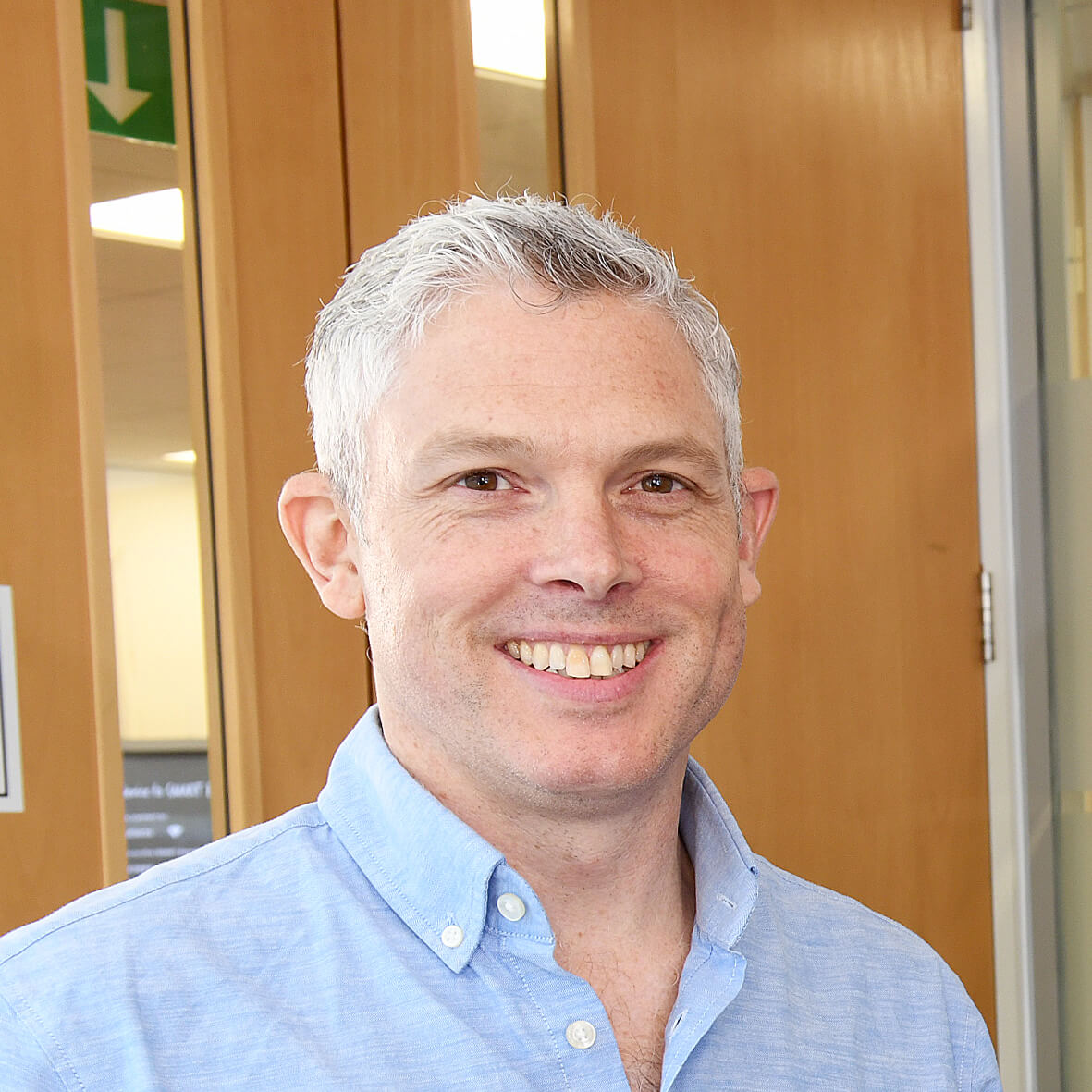Through our unique people-first approach we blend hands-on delivery with mindset and behaviour change, providing you with a comprehensive range of services across transformation delivery, culture change and capability development.
We are dedicated to solving complex problems in transformational change, ensuring your business not only transforms but also has the culture and capability to sustain that transformation.
People First | Keep It Simple | Make It Real





























